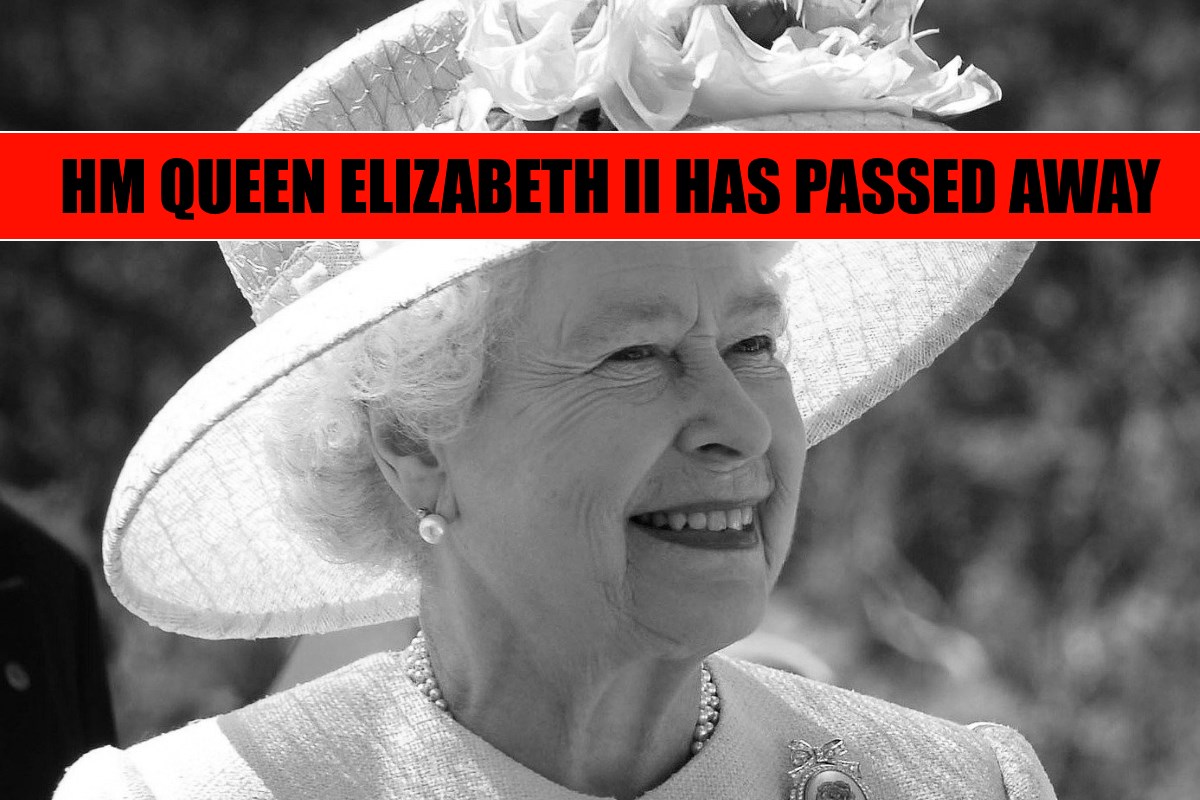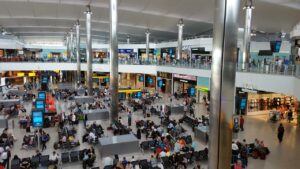As officially reported by Buckingham Palace, Her Majesty Queen Elizabeth II has passed away. She was the longest reigning ruler in British history. As emphasized by the media around the world, she was admired not only by the British, but by people all over the world.

“The Queen died peacefully at Balmoral this afternoon. The King and The Queen Consort will remain at Balmoral this evening and will return to London tomorrow” – Buckingham Palace stated.
She was born by cesarean section on April 21, 1926 at 2:40 GMT at home at 17 Bruton Street in Mayfair, London. She is the daughter of Prince Albert of York, second son of the incumbent King George V, and the Duchess of York Elizabeth Bowes-Lyon. Her birth was witnessed by the Minister of the Interior, William Joynson-Hicks, who controlled that the newborn would not be changed during delivery. At the time of her birth, Elizabeth was third in the line of succession, after Prince Edward of Wales and her father. On May 29, 1926, she was baptized with Jordan water in Buckingham Palace Chapel by the Anglican Archbishop of York, Cosma Lang. Her godparents were King George V, Queen Maria, Royal Princess Maria Windsor, Prince Arthur, Lord Claude Bowes-Lyon, and Mary Elphinstone. Elżbieta Aleksandra Maria received the first name after her mother, second after her great-grandmother (Queen Alexander), and third after her grandmother (Queen Maria).
In her youth, she was called by her relatives “Lilibet” because she could not pronounce her name correctly in English – “Elizabeth”. She was described by her biographers as a calm, obedient, not very spontaneous and inclined to control her emotions child, from an early age she was prepared to become a queen.
When Elizabeth was 10, her grandfather, King George V, died in 1936. Her uncle, Prince of Wales, Edward VIII, took the throne, but on December 11, 1936, he abdicated, unable to marry the twice-divorced American Wallis Simpson. Her father, George VI, became the next king, and Elizabeth took first place in the line of succession. After her father’s coronation, she moved to Buckingham Palace. At the age of 13, she started studying i.a. of the British constitution with Henry Marten, a lecturer at Eton College, and alongside his father in numerous meetings with high-ranking politicians and officials.
After the outbreak of World War II, she and her sister Margaret were placed in Windsor Castle in Berkshire. Lord Hailsham suggested that the princesses be evacuated to Canada, to which Elizabeth II’s mother, Queen Elizabeth Bowes-Lyon, replied: The children will not go anywhere without me, I will not leave the king, and the king will never leave. On October 13, 1940, the then 14-year-old Elizabeth on the BBC gave her first public speech in which she addressed the children of the Commonwealth of Nations with words of encouragement.
In February 1947, she paid her first official foreign visit to the Union of South Africa. The trip lasted 10 weeks. In a radio broadcast for her 21st birthday, she said: I declare to all of you that I will devote my entire life, whatever it may be, long or short, to the service of you and the great imperial community of which we all belong.
His father’s illness – he was diagnosed with throat cancer – made Princess Elizabeth take over some of his duties. In 1951 she visited Greece, Italy, Malta and Canada, and met with US President Harry Truman in Washington and chaired the Privy Council. In January 1952, together with her husband, she traveled through the countries of the Commonwealth of Nations. On February 6, 1952, while staying at the Treetops hotel in Thice, Kenya, she learned from Prince Philip of the death of her father, who died of a heart attack. She immediately returned to Great Britain with her husband. Shortly after her father’s death, in a conversation with Martin Charteris, an assistant to her private secretary, she announced the choice of the royal name – Elizabeth. The day after her father’s death, she was proclaimed Queen of Great Britain. In a celebration held in St. James’s Palace was attended, among others, by members of the Privy Council of Great Britain and Lord Mayor of London.
On March 24, 1953, Queen Dowager Maria Teck died of throat cancer, but before her death she expressed the wish that the coronation would not be postponed for this reason. It took place on June 2, 1953. 8251 people observed the coronation of Elizabeth in Westminster Abbey. Eight bridesmaids wearing a train assisted her during the ceremony. The Archbishop of Canterbury, Geoffrey Fisher, announced to the assembly: Gentlemen, I present to you Queen Elizabeth, your undeniable Queen, to all of you who have come here to pay tribute to her and to serve her. Are you ready to recognize her? To which the Lords replied: God save Queen Elizabeth. The next stage of the ceremony was the oath on the Bible. The Queen undertook to govern the kingdom and countries of the Commonwealth of Nations in accordance with their laws and customs, and to strengthen the Church of England. She then removed her cloak, tiara and jewels, and sat on the throne under a golden canopy supported by four knights of the Order of the Garter. Later, the Archbishop anointed the Queen’s hands, breast and forehead with holy oils. Then she was awarded the insignia of a new dignity – the spurs of St. George, the royal sword, the royal apple, bracelets, a ring, a scepter with a cross and a scepter with a dove. Subsequently, the queen was dressed in a purple, gold-embroidered velvet cloak. During the coronation, Georg Friedrich Handel’s coronation anthem, Zadok the Priest, was performed, which has been repeated since 1727 at every coronation ceremony of the British monarch. At the end, the archbishop placed the crown of St. Edward, and the Lords once again called God save Queen Elizabeth. Then the three princes of royal blood – Edinburgh, Gloucester and Kent – and behind them the other lords paid homage to the queen. Then Elizabeth and her husband took communion under two forms. The ceremony ended with the singing of the Te Deum. After the three-hour ceremony, the queen, with a heavy crown on her head, a scepter in her left hand and an apple in her right hand, had trouble rising and asked the archbishop for help. Then she left the abbey, having previously replaced the crown of St. Edward for a lighter state imperial crown.
In June 2022, she celebrated the Platinum Jubilee of the 70th anniversary of her reign.





